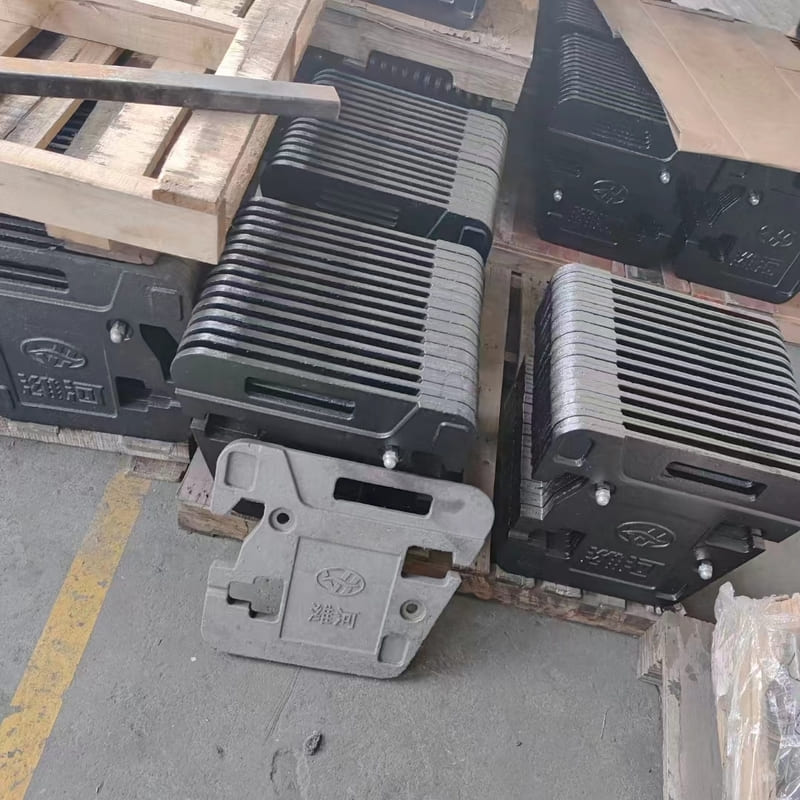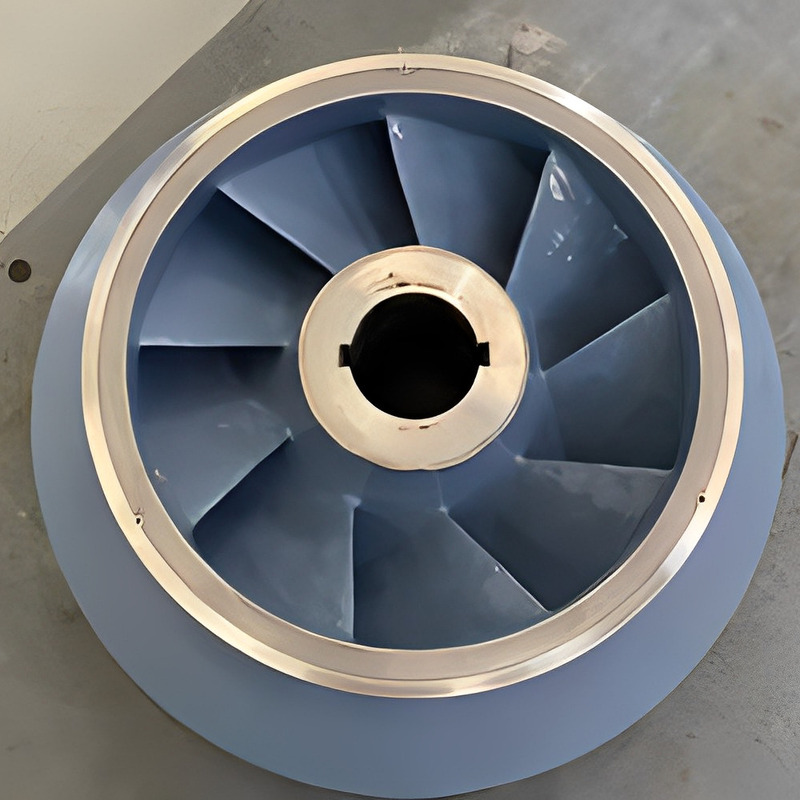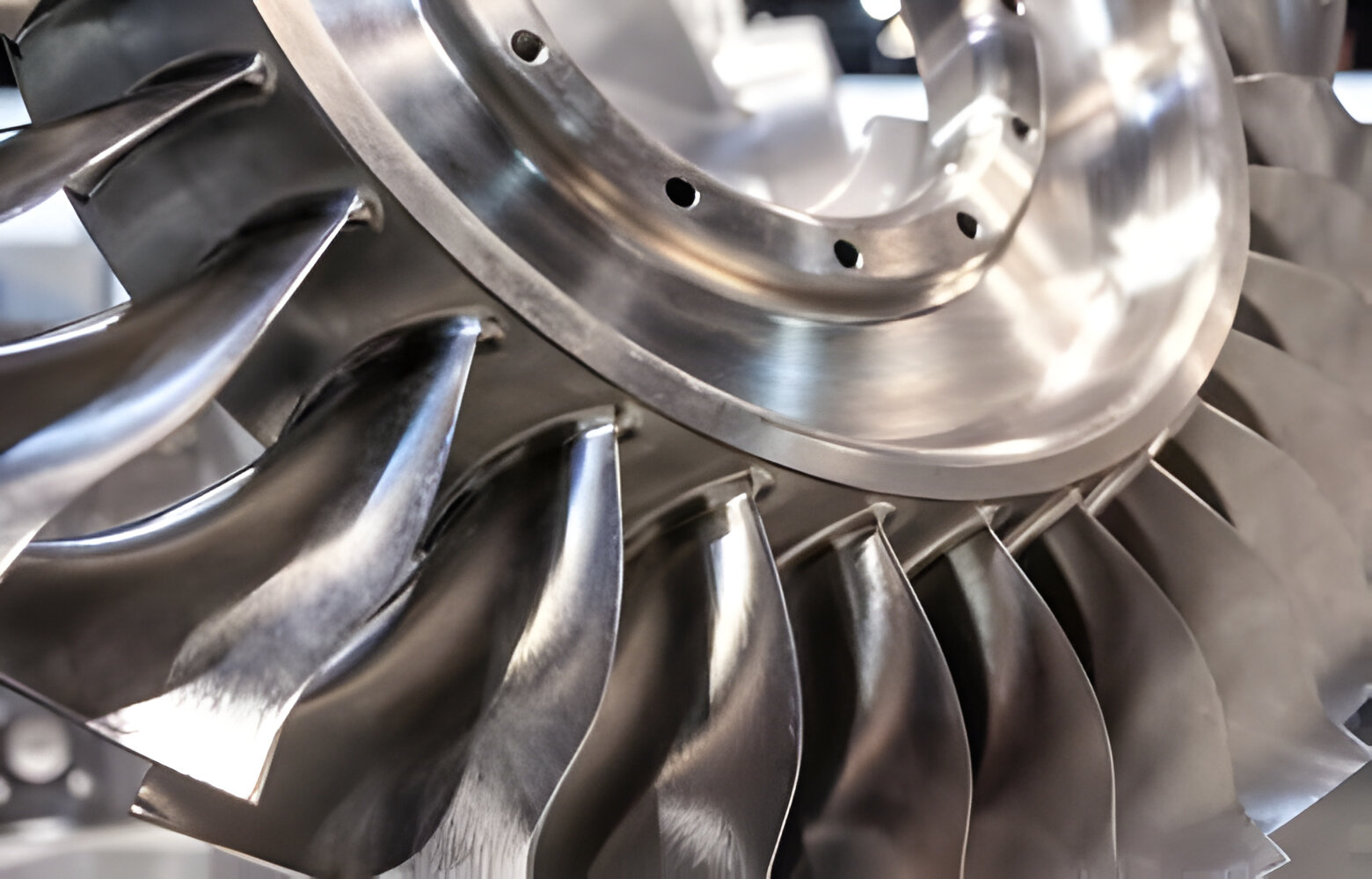In the realm of vertical transportation, elevator counterbalance systems play a pivotal role in ensuring the smooth and efficient operation of elevators. These systems, often overlooked by the passengers they serve, are integral components that contribute to both the functionality and safety of elevator mechanisms.
1. Understanding Elevator Counterbalance Systems
At the heart of every counterbalance elevator lies a meticulously engineered system designed to offset the weight of the elevator car and its occupants. This system typically consists of an elevator counterweight, strategically positioned to counterbalance the weight of the car.
The elevator counterweight serves as a crucial element in maintaining equilibrium within the elevator shaft. As the car ascends, the counterweight descends, and vice versa, effectively balancing the load and reducing the amount of energy required to operate the elevator. This counterbalancing effect not only enhances efficiency but also prolongs the lifespan of elevator components by minimizing wear and tear.
2. Elevator Counterweight: The Backbone of Counterbalance Systems
Central to the functionality of counterbalance elevators is the elevator counterweight. Crafted from high-density materials such as concrete or steel, these counterweights are meticulously calibrated to ensure optimal balance and performance.
The importance of elevator counterweight weight cannot be overstated. Too light, and the counterweight may fail to adequately offset the weight of the elevator car, resulting in increased energy consumption and potential safety hazards. Conversely, an excessively heavy counterweight can place undue strain on the elevator mechanism, compromising its efficiency and longevity.
3. Elevator Counterweights: Balancing Efficiency and Safety
In the pursuit of elevator efficiency, safety must never be compromised. Elevator counterweights not only contribute to the smooth operation of elevators but also play a critical role in enhancing safety measures.
By effectively counterbalancing the weight of the elevator car, counterbalance systems reduce the risk of overloading and minimize the likelihood of mechanical failures or malfunctions. Additionally, properly calibrated counterweights ensure that elevators remain level and stable, providing passengers with a safe and comfortable riding experience.
4. Elevator Balance Weight: Precision Engineering for Optimal Performance
Achieving the perfect balance in elevator counterbalance systems requires precision engineering and meticulous attention to detail. Elevator balance weights must be carefully calibrated to match the weight and capacity of the elevator car, ensuring seamless operation and maximum efficiency.
At KT-Foundry, we specialize in the design and manufacturing of elevator counterweights that meet the highest standards of quality and performance. Our team of expert engineers utilizes state-of-the-art technology and innovative materials to craft counterweights that optimize efficiency while prioritizing safety.
5. Lift Counterweight: Elevating Vertical Transportation
As the demand for vertical transportation continues to grow, the importance of reliable and efficient elevator systems becomes increasingly apparent. Elevator counterbalance systems, with their ability to enhance efficiency and safety, are poised to play a pivotal role in meeting this demand.
At KT-Foundry, we are committed to providing customers with premium elevator counterweights that exceed expectations. With our dedication to quality, innovation, and customer satisfaction, we strive to be the preferred partner for companies seeking to elevate their vertical transportation solutions.






